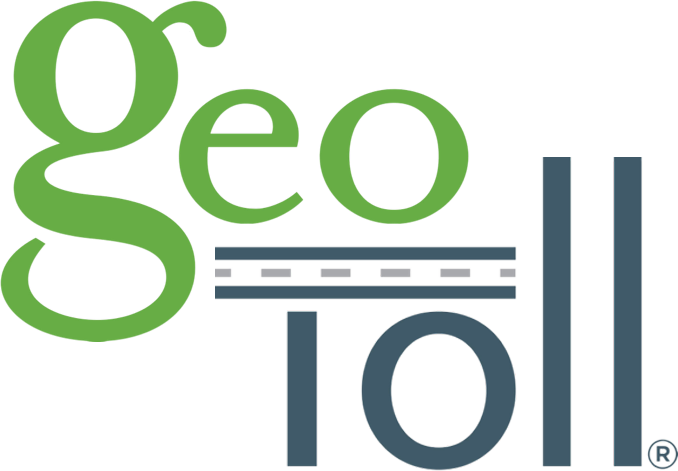-
Electric vehicle owners don’t buy gas. States look for other ways to pay for roads and bridges
PORTLAND, Ore. (AP) — The pothole outside Timothy Taylor’s home was so deep, he could hear the clunk of cars hitting it from inside his house. The Portland, Oregon, resident could sympathize with those drivers: He knew to avoid his own neighborhood pothole, but another one damaged his car’s suspension to the tune of $1,000.…
-
Economic Analysis and Review of Commercial Vehicle Road User Charges
California is currently investigating the potential to use a Road Use Charge (RUC) as an alternative tax instrument to replace fuel tax. This report examines potential RUC scenarios for heavy duty commercial vehicles and conducts an economic impact analysis to estimate the economy wide and distributional impacts of the various scenarios. Our purpose is to…
-
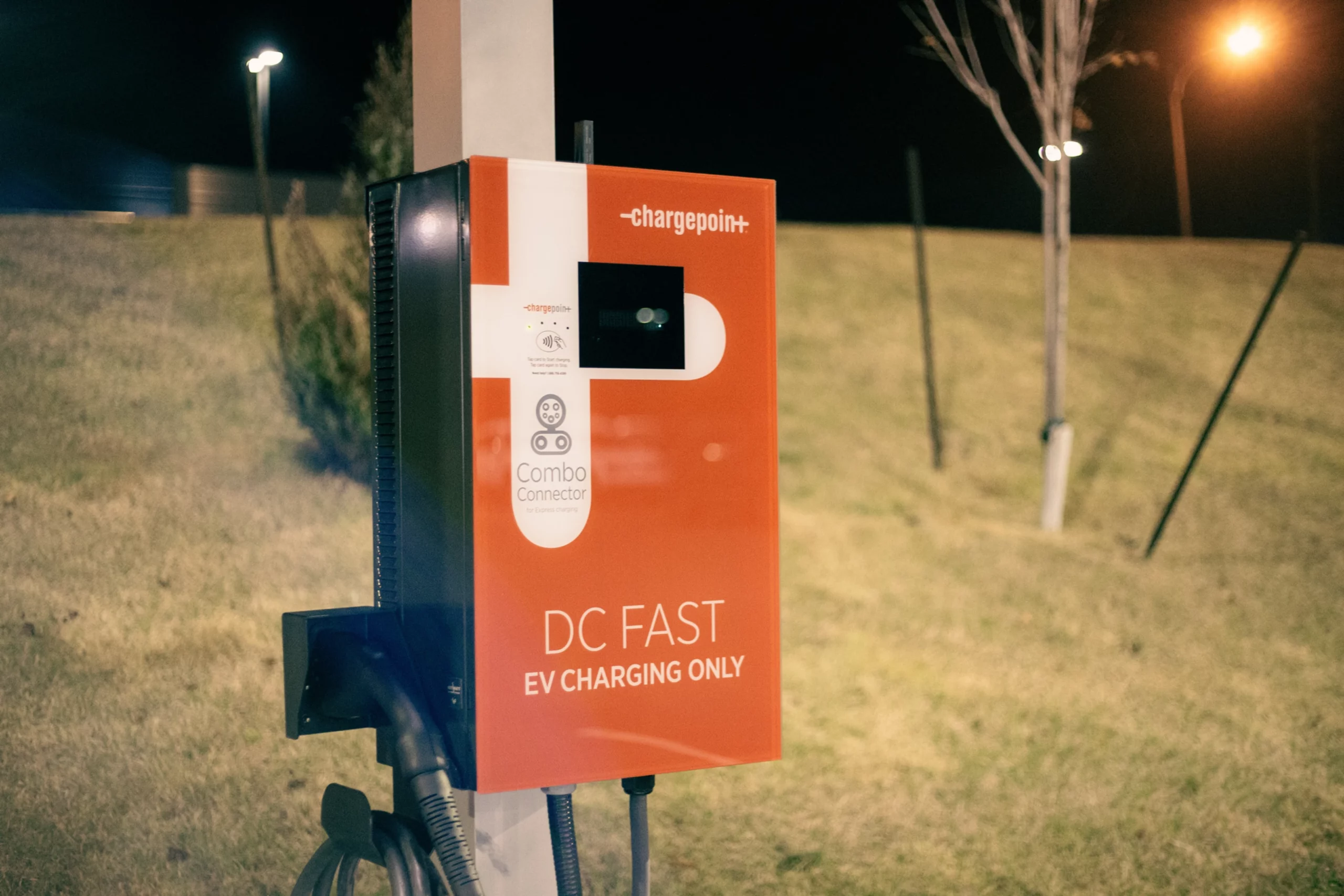
Fairness on the Go: The Role of Overlays in Road Usage Charge Programs
In the context of geographic positioning systems (GPS) and geofencing, the term “overlay” refers to a technique in which multiple geofences are layered on top of one another, with each geofence representing a specific location or area. An overlay can be used to create a more detailed or accurate representation of a physical area than…
-
Advancing Road User Charge (RUC) Models in California: Understanding Social Equity and Travel Behavior Impacts
The State of California is currently moving forward with a road usage charge (RUC) demonstration program, creating promising research opportunities to examine the potential social equity implications of a shift from a gas tax to a RUC system in California. RUC . To this aim, this study investigates the relative burden of gas taxes and…
-
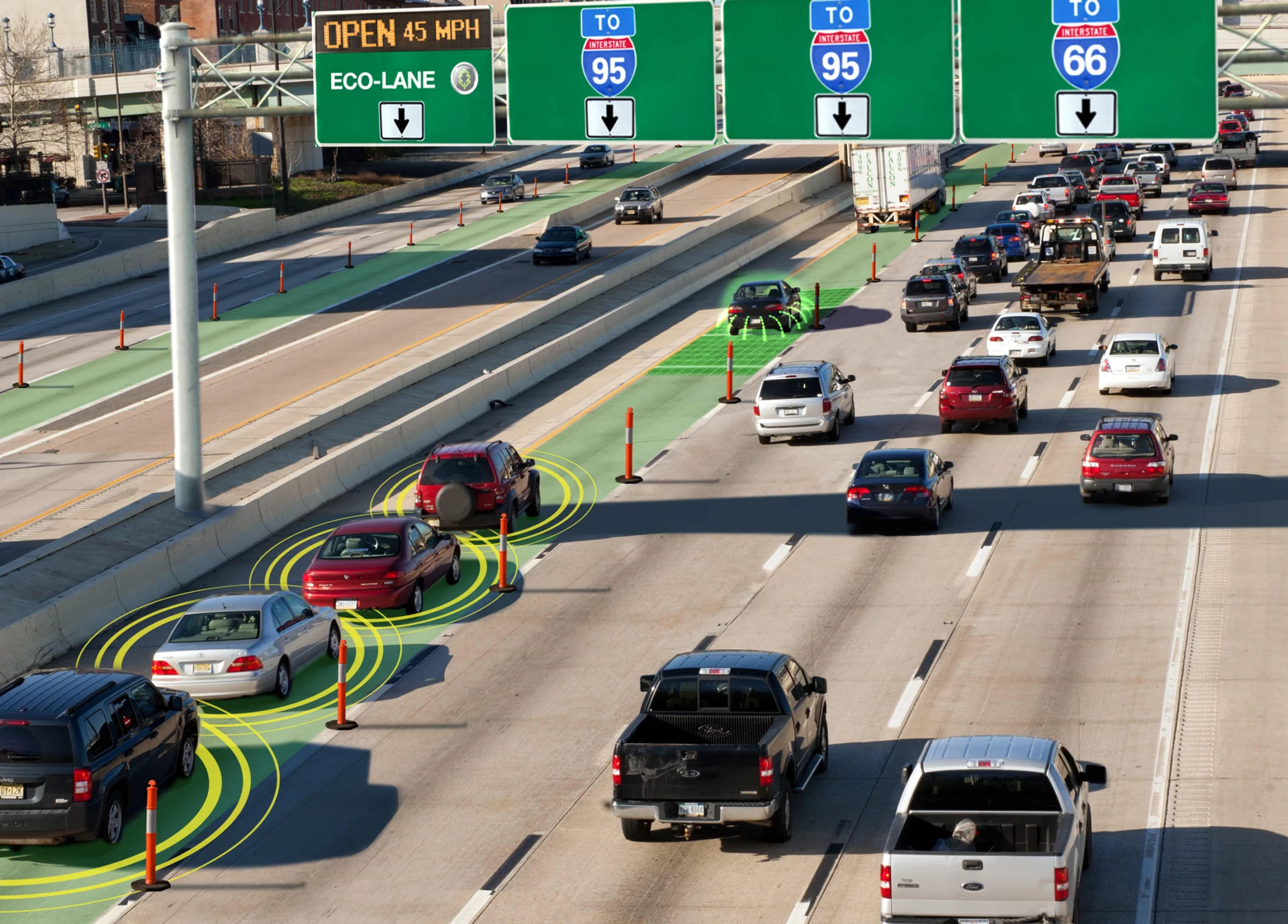
Protecting Toll Agency Revenues and Reducing Pay-by-Plate Fees to Customers
How it Works: The GeoToll mobile payment solution consists of an application downloaded to your smartphone. Upon activation, it starts to send GPS information to pinpoint the vehicle’s location around the toll plazas according to the user’s privacy choice. A server collects and enhances GPS information from each customer’s smartphone application. It then compares the…
-
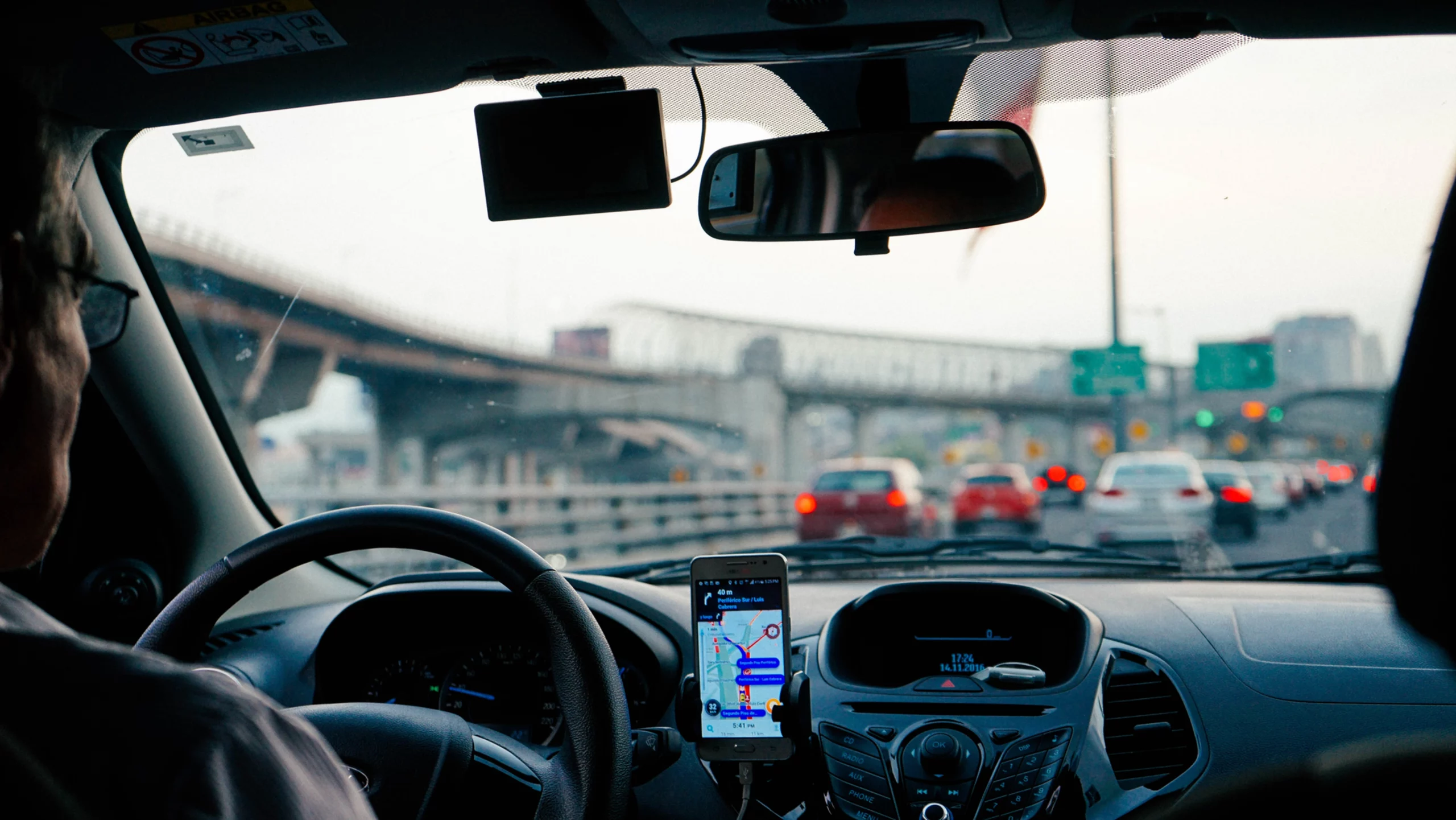
E-GPS: Low Risk & High Reward
Does E-GPS have risks? Like any technology – like any human, group or corporate action, really – it does. But they are known and easily mitigated. The first risk pertains to E-GPS’ dependence on the smartphone, a carry-in, self-powered device. While 99% or more of drivers of toll roads carry them, but on rare occasions,…
-

E-GPS 101: How it Works and Why It’s the Future
The smartphone has emerged as a foundational tool for digital transformation in the public sector. Transportation is an area that will benefit greatly from wider smartphone use. Transportation agencies can now deploy a new smartphone toll payment technology – one tested repeatedly and working as well as or better than RFID – to manage toll…
-
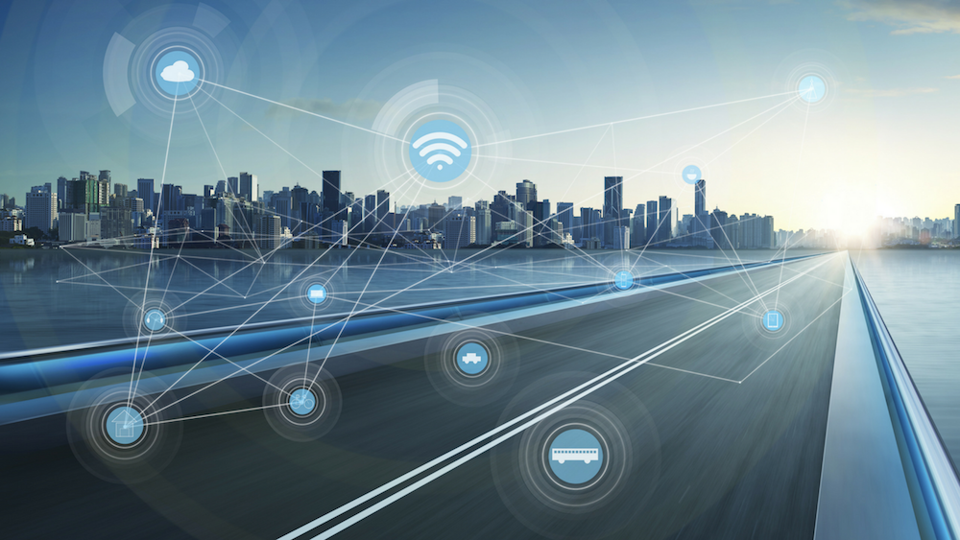
E-GPS: The Value Proposition
The pandemic became a watershed moment for toll operators, who in light of the severe economic circumstances of many of their users, quickly adapted their business models to embrace the concept of ‘inclusion.’ In short, anyone should be able to use the road when they need it. And, All Electronic Tolling was there for them.…
-
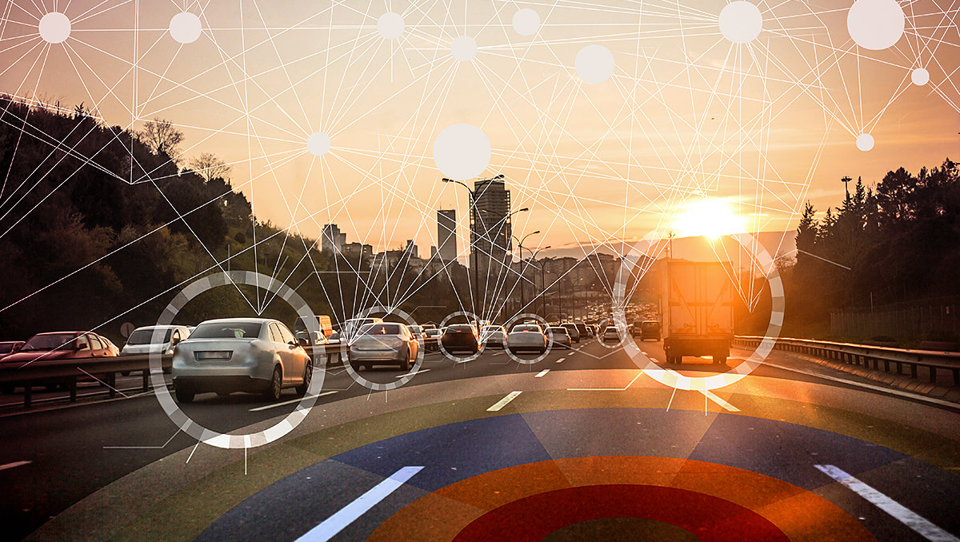
GeoToll E-GPS in 60 Seconds
GeoToll built a tolling solution called “Enhanced-GPS,” a technology which improves upon the smartphone’s location functionality to increase location-accuracy at a toll point. E-GPS, alongside other proprietary GeoToll technologies, provides highly spacially-accurate (accuracy at the “lane-level”) and precise millisecond timing to identify a particular vehicle passing through any virtual gantry (a software-defined location), which can…
